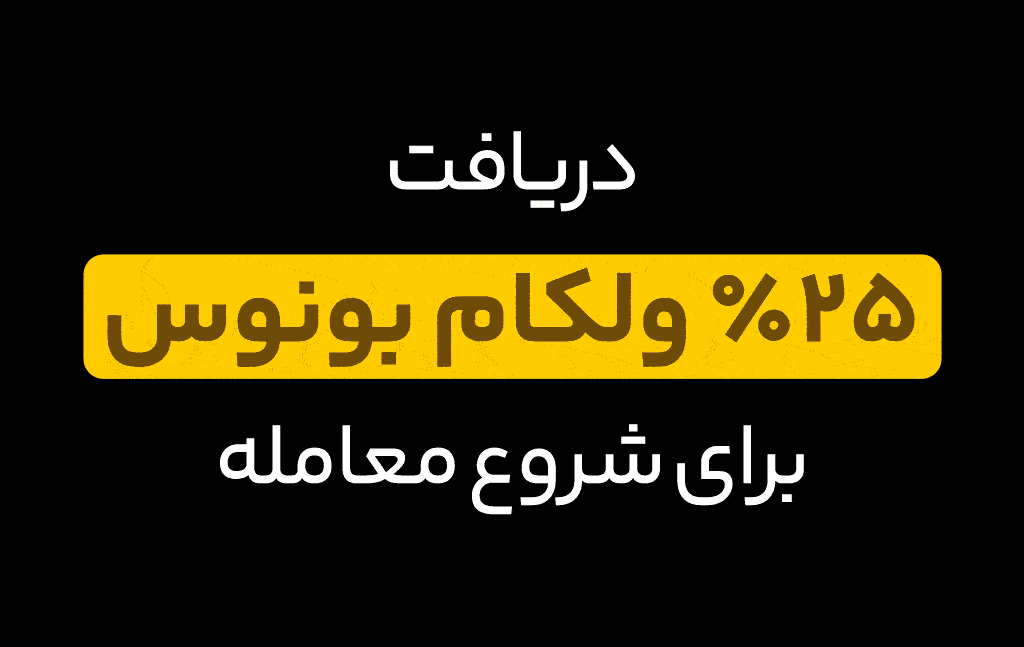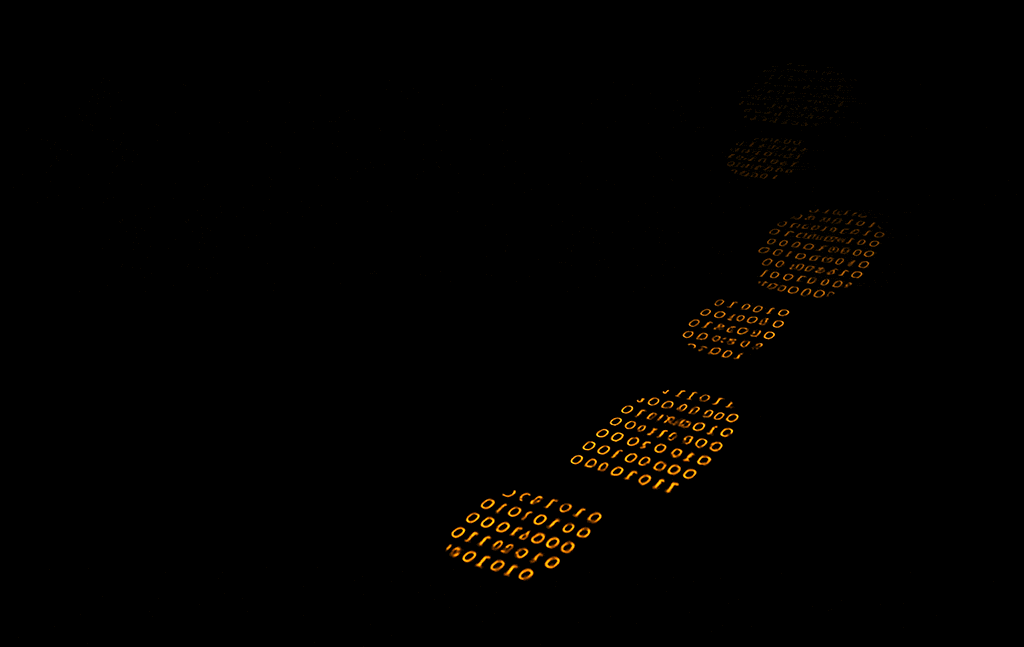ریسک حسابرسی (Audit Risk) مربوط به خطاهای حسابرسان در صورتهای مالی است، یعنی ممکن است از نظر حسابرس گزارشهای مالی عاری از هرگونه تحریف بااهمیت باشند اما، این اظهارنظر با میزانی خطر روبهرو است.
بنا به آنچه در Wikipedia ی ریسک حسابرسی آمده است، اگر حسابرسان هنگام بررسی صورتهای مالی در شرکتها متوجه خطاها و محاسبات عمدی مانند کلاهبرداری مدیران و فرارهای مالیاتی نشوند، شرکت در وضعیت خطر قرار میگیرد. حسابرس ممکن است در این زمان نتیجهگیری اشتباهی از وضعیت مالی شرکتها داشته باشد.
آنچه در این مقاله میخوانید ...

ریسک حسابرسی چیست؟
طبق استانداردهای حسابرسی، هدف از حسابرسی صورتهای مالی این است که حسابرس بتواند درباره اینکه صورتهای مالی مزبور از تمام جنبههای بااهمیت طبق استانداردهای حسابداری تهیه شدهاند یا خیر اظهارنظر کند.
این مسئله ممکن است برای یک شرکت حسابداری عمومی گواهیشده (CPA) که کار حسابرسی را انجام میدهد و دارای مسئولیت قانونی باشد اتفاق بیفتد.
مؤسسات حسابرسی برای مدیریت خطر حسابرسی و مسئولیت قانونی احتمالی، بیمهنامه قصور دارند.
هدف از ریسک حسابرسی
هدف از حسابرسی، کاهش ریسک به سطح مناسبی از طریق آزمونها و شواهد کافی است. از آنجایی که اعتباردهندگان، سرمایهگذاران و سایر ذینفعان به صورت های مالی متکی هستند، این مشکل ممکن است برای یک شرکت حسابداری عمومی (CPA) که کار حسابرسی را انجام میدهد، مسئولیت قانونی داشته باشد.
حسابرس در طول دوره حسابرسی از یک شرکت، پرسوجو میکند و بررسیهایی را روی دفتر کل و اسناد پشتیبان انجام میدهد. اگر در حین بررسی خطایی مشاهده شود، حسابرس از مدیریت شرکت درخواست میکند که خطاهای مربوطه را تصحیح کند.
در خاتمه حسابرسی، پس از انجام هرگونه اصلاحیه، حسابرس نظر کتبی مبنی بر عاری بودن صورتهای مالی از تحریف بااهمیت ارائه میکند. مؤسسات حسابرسی برای مدیریت ریسک و مسئولیت قانونی احتمالی بیمهنامه قصور دارند.
انواع ریسک حسابرسی
بنا به مقالهای منتشر شده در Projectriskcoach، دو جزء ریسک حسابرسی عبارتاند از: خطر تحریف بااهمیت و ریسک کشف. برای مثال فرض کنید یک فروشگاه بزرگ کالاهای ورزشی نیاز به ممیزی دارد و یک شرکت CPA در حال ارزیابی ریسک حسابرسی موجودی فروشگاه است. در این سناریو، خطرهای تحریف بااهمیت و کشف به شرح زیر هستند:
خطر تحریف بااهمیت
خطر تحریف بااهمیت، خطر نادرست بودن گزارشهای مالی قبل از انجام حسابرسی است. در این مورد، اگر مبلغ عددی خطا به اندازه کافی بزرگ باشد تا نظر خواننده صورتهای مالی را تغییر دهد، با “ریسک تحریف بااهمیت” روبرو هستیم.
به عنوان مثال، اگر موجودی یک میلیون دلاری موجودی یک فروشگاه کالاهای ورزشی با 100000 دلار نادرست باشد، ذینفعی که صورتهای مالی را میخواند ممکن است آن را یک مقدار بااهمیت در نظر بگیرد. اگر اعتقاد بر این باشد که کنترلهای داخلی کافی وجود ندارد، خطر تحریف بااهمیت حتی بیشتر میشود که این نیز یک خطر تقلب است.
ریسک کشف
ریسک کشف در واقع خطر عدم کشف تحریف بااهمیت در روشهای حسابرس است. به عنوان مثال، حسابرس باید یک شمارش فیزیکی موجودی کالا انجام دهد و نتایج را با سوابق حسابداری مقایسه کند. این کار برای اثبات وجود موجودی انجام میشود. حسابرسها میتوانند خطر عدم کشف را با افزایش میزان رویههای حسابداری کاهش دهند؛ علاوه بر آن حسابرسان میتوانند ریسک عدم کشف را برای برخی از اظهارات غلط که تأثیر زیادی در صورتهای مالی ندارند نادیده بگیرند.
نتیجهگیری
اگر هنگام بررسی صورتهای مالی در شرکتها، حسابرس متوجه خطاها و محاسبات عمدی مانند کلاهبرداری مدیران و فرارهای مالیاتی آنها نشود، شرکت در وضعیت ریسک حسابرسی قرار میگیرد. حسابرس ممکن است در این زمان نتیجهگیری اشتباهی از وضعیت مالی شرکتها داشته باشد. در کشورمان سازمان حسابرسی ایران، یکی از بزرگترین سازمانهای حسابرسی کشور است و وظیفه حسابرسی همه شرکتهای دولتی را بر عهده دارد. ریسکها معمولاً در شرکتهای حسابداری و حسابرسی به وسیله مدل ریسک شرح داده میشوند.
این مدل نشاندهنده چگونگی ترکیب مسئولیت مدیران و حسابرسان بهمنظور مشخص شدن ریسکی است که به واسطه آن، حسابرس ممکن است صورتهای مالی دارای اشتباه را بدون اشتباه اعلام کند.































